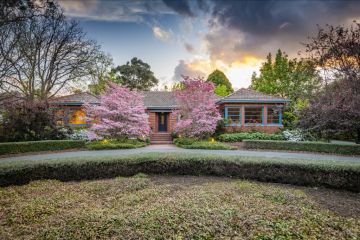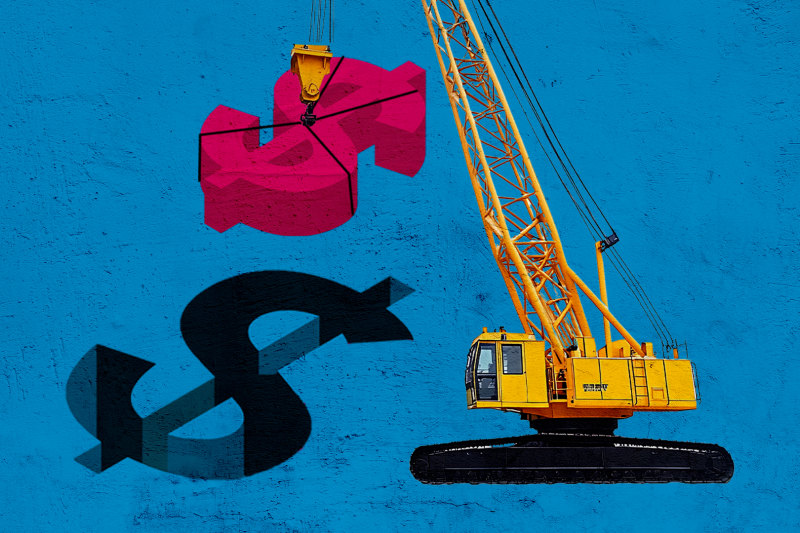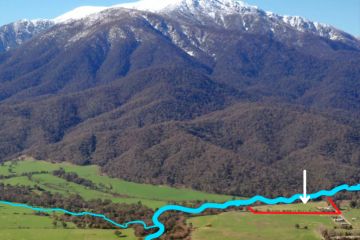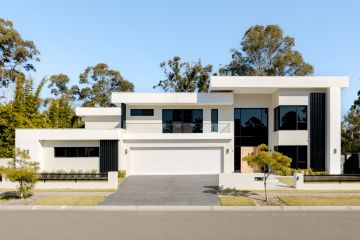Canberra first-home buyers need more than seven years to save for a house deposit: Domain report
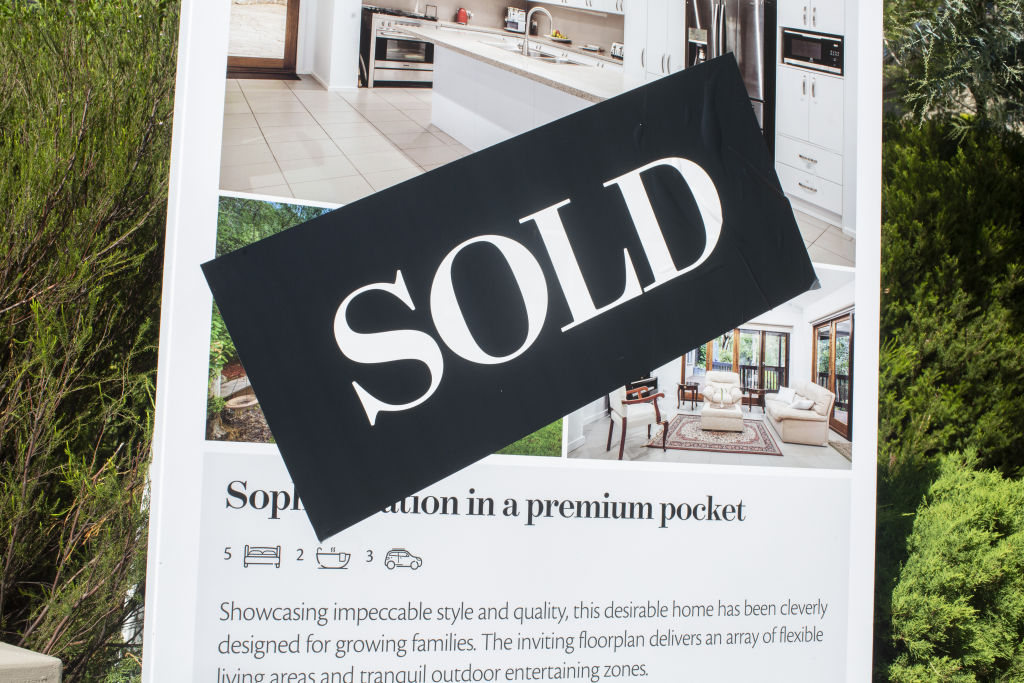
First-home buyers in Canberra now need more than seven years to save a 20 per cent deposit, a new report shows, highlighting how unaffordable housing has become for property hunters hoping to get a foot in the door.
It takes seven years and one month to save for a 20 per cent deposit in the bush capital, according to Domain’s First-Home Buyer Report, released on Wednesday.
The report places Canberra as the city with the second-longest time to save, after Sydney, where it takes buyers eight years and one month. Over the past year, the time it takes to save a deposit increased by 18 months in both cities.
The time to save for a 20% deposit on an entry-house for a couple aged 25-34.
Area
Time to Save
Annual Change
5-year change
Sydney
8y 1m
18m
18m
Melbourne
6y 6m
6m
15m
Brisbane
4y 10m
3m
10m
Adelaide
4y 7m
7m
10m
Perth
3y 7m
1m
-1m
Hobart
5y 10m
14m
31m
Darwin
4y 3m
9m
10m
Canberra
7y 1m
18m
31m
Combined capitals
5y 8m
11m
19m
Combined regionals
3y 10m
4m
7m
Australia
4y 5m
4m
6m
For units, the time it takes the save a deposit in Canberra was three years and nine months, up two months from last year.
The calculation is based on the earnings of a couple on average incomes for their respective city, between 25 to 35 years old, and who can save 20 per cent of their pay in a standard online savings account. This doesn’t take into account any transactional costs incurred in buying property.
The 20 per cent deposit is calculated on the entry-level price for property in each city, or the 25th percentile. In Canberra, that figure is $827,000 for a house and $437,500 for a unit.
Coming up with the deposit was always the biggest hurdle that first-home buyers faced, Domain chief of research and economics Nicola Powell said.
The time to save for a 20% deposit on an entry-unit for a couple aged 25-34.
Area
Time to Save
Annual Change
5-year change
Sydney
5y 6m
1m
-5m
Melbourne
4y 4m
-1m
3m
Brisbane
3y 5m
0m
-2m
Adelaide
2y 11m
1m
2m
Perth
2y 6m
1m
-4m
Darwin
2y 7m
6m
-6m
Canberra
3y 9m
2m
5m
Combined capitals
3y 6m
3m
5m
Combined regional
3y
5m
7m
Australia
3y 9m
0m
-1m
“Asking rents are at record highs across many cities, and with low vacancy rates, that will only translate into further rental price hikes, stalling savings goals,” Dr Powell said.
It is recommended that home owners dedicate less than 30 per cent of income towards mortgage repayments to avoid “mortgage stress”, with most capital cities and all regional areas currently below this threshold, apart from entry-level houses in Sydney and Canberra, the report found.
In Canberra, mortgage repayments on an entry-priced house as a percentage of income for a couple aged 25-34 was at 30.7 per cent. For a unit, it was 16.2 per cent.
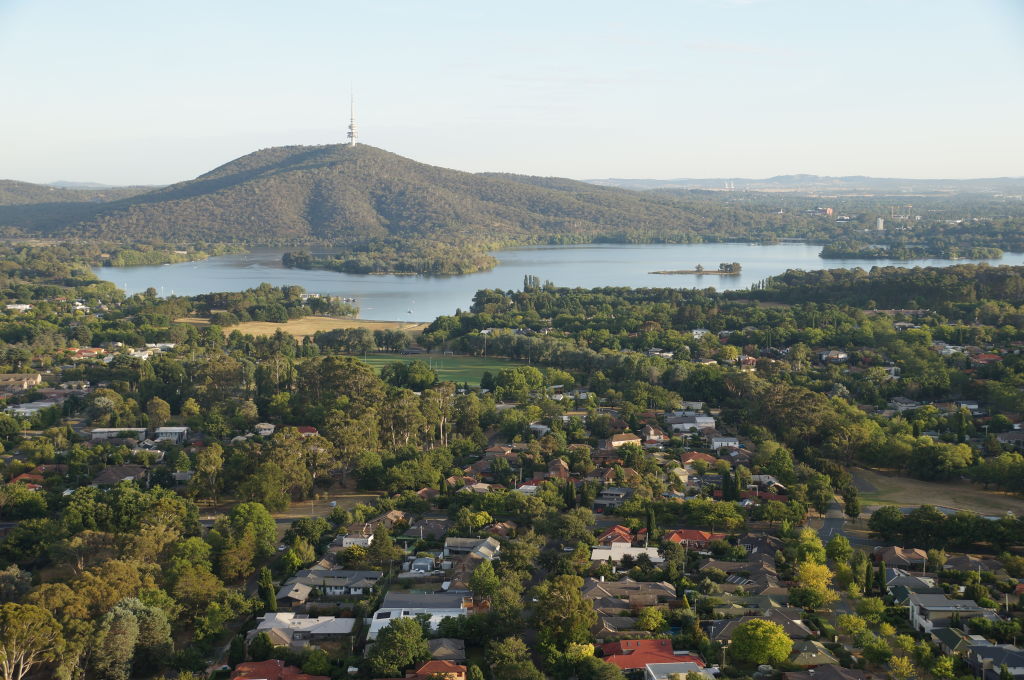
This highlights how far house prices in the ACT has risen in the past year, Dr Powell added.
“Only a time machine can keep pace with this change,” she said.
“If you don’t have the bank of mum and dad and you don’t have an inheritance or lottery win, buyers will have to save for a lot longer for a house or, with a dusting of realism, an entry-level unit offers a more budget-conscious approach.”
The bank of mum and dad was not an option for recent first-home buyer Kellee Hand, who’d spent more than seven years saving for a deposit.
“I’ve been working since I was 14 and have saved almost every paycheck in hopes of getting a house one day,” she said.
“In the last few years, I was working full-time and going to university too. I tried really hard to get my finances in order.”
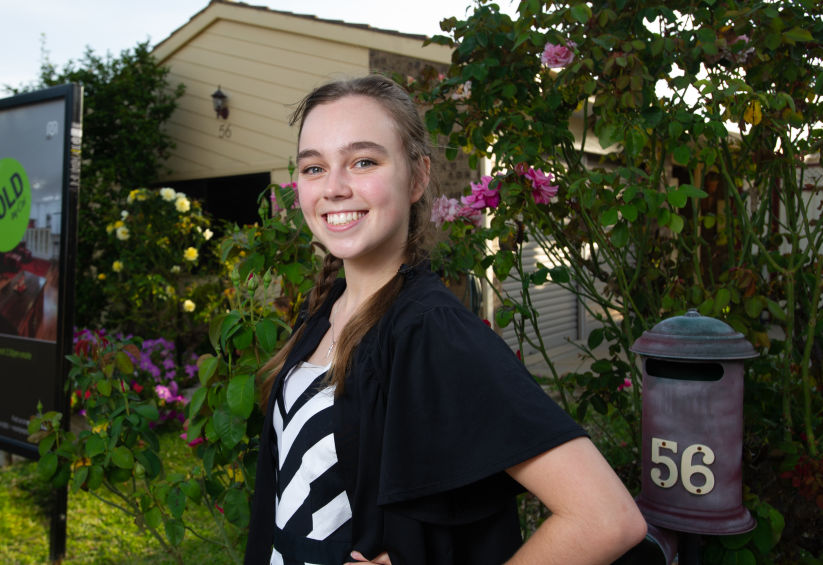
Ms Hand eventually purchased a three-bedroom house in the Tuggeranong region, for just less than $800,000, with her partner, who also spent many years pocketing his money.
“Getting into the market has just been a nightmare,” she said.
“I definitely wouldn’t have been able to save nearly as much on my own. The market is just ridiculous at the moment, and it’s just really unfair for people who are trying to get into the market.
“We spent years scraping the barrel while saving for a deposit and the house we bought, while we love it, is solely a house to get a foot in the door … we want to stay here for 10 years and then buy our dream home later.”
The data showed that first-home buyers hoping to purchase a house sooner rather than later would be better off buying in Belconnen, where it takes 76 months to save a deposit; Gungahlin at 77 months, or Tuggeranong at 78 months.
The areas with the shortest time to save for a 20% deposit on an entry-house for a couple aged 25-34
2021
2021
2020
2020
Canberra regions
House
Unit
House
Unit
Belconnen
76
38
61
39
Gungahlin
77
40
62
38
North Canberra
124
45
88
43
South Canberra
154
51
121
50
Tuggeranong
78
50
62
46
Weston Creek
92
–
72
–
Woden Valley
113
39
88
37
Molonglo
81
45
60
44
“I’m not surprised that these areas are the fastest areas to save a deposit for. Given that the land values are affordable there … the average property prices is generally more affordable than, say, the Inner South,” said Aaron Lewis of Independent Our Team.
Meanwhile, the area with the shortest time to save for a deposit on an entry-level unit was Belconnen at 38 months. Next was Woden Valley at 39 months, then Gungahlin at 40 months.
“But across the capital, units are highly attractive because there is a big difference in house and unit prices. I wouldn’t see the same gravitation for houses, but it does offer a faster foot in the property door,” Mr Lewis added.
“Even though the time it takes is long, I think it’s still the great Australian dream. It’s a place to call your own, and that could be an apartment, townhouse or free-standing home.”
We recommend
States
Capital Cities
Capital Cities - Rentals
Popular Areas
Allhomes
More
